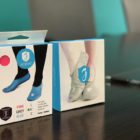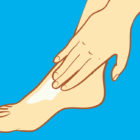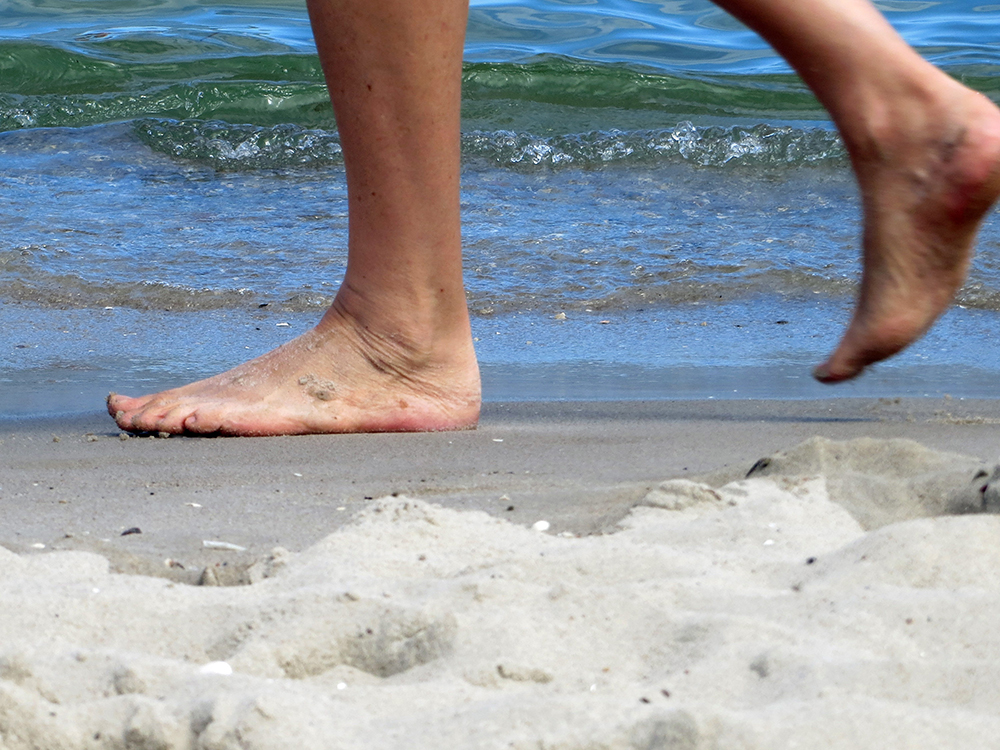Weighing The Pros And Cons Of Walking Barefoot
by Delialah Falcon
Wearing shoes is second nature in modern society.
However, in recent years, the barefoot movement is gaining popularity among health conscious individuals who are shunning shoes altogether. The trend is popping up all over the country and has caught the attention of many health experts who have joined the great show debate.
Why Go Barefoot?
Some supporters of the barefoot movement claim that going barefoot is better for your feet. From young children to the elderly, most will agree that at the end of the day, they look forward to removing their shoes. Proponents of walking barefoot point to the fact that for more than 90 percent of the population, shoes hurt their feet. They blame shoes for the plethora of foot problems that are experienced by so many individuals, such as:
- Detrimental effect on ankles, bones in the feet and joints in the lower extremities.
- Most shoes do not fit properly, something that can easily be observed by looking at people’s feet.
- Many individuals suffer from bunions, calluses, blisters and deformed feet, all as a result of poor-fitting shoes.
- Supporters of going barefoot claim that it is impossible for any shoe to fit properly, because all shoes constrict the foot and inhibit the natural movement that is supposed to occur when people walk.
- Many believe that wearing shoes actually changes the way people walk and disrupts a person’s natural gait.
One can look at the work boot as an example of the negative effect of shoes on your feet. Work boots, with their rigid base and high top that extends over the ankle, limits the range of motion of the foot and ankle. Although the purpose is to stabilize the ankle, the result is an ankle with a limited range of motion that cannot extend past a predetermined point. This is unnatural, and can cause weak ankles and feet. As feet and ankles become weaker, they become more dependent on the work boots for strength and stability, perpetuating the problem of weak feet. Weak ankles and feet lead to sprains, fractures and other stress injuries of the foot. Barefoot supporters claim that over the past 2,000 years, shoes have led to the anatomical deformation of people’s natural gait.
Some supporters of barefoot walking, although they agree with the negative effects shoes have on the body, are more drawn to the idea of getting back in touch with nature. The foot is a part of the body that receives the most sensory input. Walking barefoot can heighten the senses, allowing the body to experience the sensation of the ground below them.
What Do The Experts Say?
Research studies on the effects of shoes have been cropping up across the globe. Many scientists have concluded that people did, in fact, have feet that were in better physical condition prior to the invention of shoes. However, expert opinions are divided and depend largely on the specialized area of the expert in question.
Many podiatrists assert that proper fitting shoes do not cause foot problems in healthy individuals. They also add that the use of custom orthotic inserts, designed to offer additional support for fallen arches and weak feet, can greatly improve overall foot health. Some Podiatrists that have traveled to other countries where barefoot walking is the norm, have come back and reported a very low incidence of foot problems in the population.
Natural health practitioners are more likely to advocate barefoot walking, as it is conducive to the holistic lifestyle thy support.
Many traditional, general practitioners will agree that going barefoot some of the time is beneficial to the feet. However, they are not likely to support the barefoot walking movement that discourages the use of shoes most of the time, if not altogether.
Benefits Of Walking Barefoot
The main condition that can be corrected from walking barefoot may be weak feet and ankles. The feet consist of bones, muscles and ligaments. If the muscles are not exercised regularly with natural movements, flexing and complete range of motion, weakness can result. That weakness can also lead to stiffness that constantly pulls the bones out of their natural alignment. Wearing shoes can lead to this very type of muscle weakness and result in perpetuating problems for the feet and ankles.
Proponents of barefoot walking believe that improper gait and poor balance can also be corrected by learning to walk without shoes. The weakness that is experienced in the feet and ankles can have similar effects on the knee joints and the legs in general. The effects continue to be seen in the spine, and can negatively affect balance and posture. Over time, this leads to an improper gait.
Is It Harmful?
Questions about the safety of walking barefoot are addressed by medical professionals. The answer depends, once again, on the specialist’s area of interest:
- Many podiatrists believe that the number one issue with not wearing shoes is the lack of support offered to the foot and any damage that can occur as a result.
- Family physicians and pediatricians are more concerned with the possibility of picking up bacteria, fungal infections and viruses as a result of going barefoot.
- Possibilities include plantar warts, a viral infection that can often be found on dirty surfaces, or athlete’s foot, a fungal infection that is commonly found in locker rooms and other wet surfaces.
- Another concern is the possibility of stepping on a piece of glass or a rusty nail that can lead to a tetanus infection.
- Also of concern is the possibility of contracting hookworm. Hookworm is a parasite that is found in animal feces. It enters the skin by burrowing under the surface when it comes into contact with the feet. Children can step on hookworm on the sandbox, dirt or grass.
Is It Safe For Children?
Most doctors will agree that children’s feet will benefit from spending a lot of time barefoot.
When young children wear shoes, it can inhibit the normal growth pattern of the feet and interfere with proper foot development. By allowing babies and young children to walk barefoot, the feet are given the chance to develop and grow naturally, resulting in strong muscles of the feet and ankles. Parents who advocate barefoot walking for their children claim that the younger the age when a child wears shoes, the more damage that will result.
Parents who choose to let their children walk barefoot should always take any necessary precautions when outdoors.
How To Get Started
The easiest way to start is to go barefoot all morning after you get out of bed. Put your shoes on just as you are about to walk out the door form work and then remove them as soon as you come home in the evening.
After you are comfortable with going barefoot inside your home, you can start to venture outside without shoes. Walk around barefoot in your yard as much as possible. When you are ready, try taking a walk around your neighborhood without shoes. Continue to add additional barefoot time into your day at your own pace.
Parents who want to let their children try walking barefoot can start by letting them play without shoes, both indoors and out. Teach them to removes their shoes at the door and never wear them in the house. When playing in the yard, encourage them to leave their shoes behind. After they are comfortable going without shoes at home, you can start introducing barefoot walking in other areas, such as the grocery store. Speak with them about the importance of watching where they step and avoiding areas that may be contaminated with broken glass or other harmful objects.
Source:
PubMed
The Guardian
New York Times
New York Magazine






